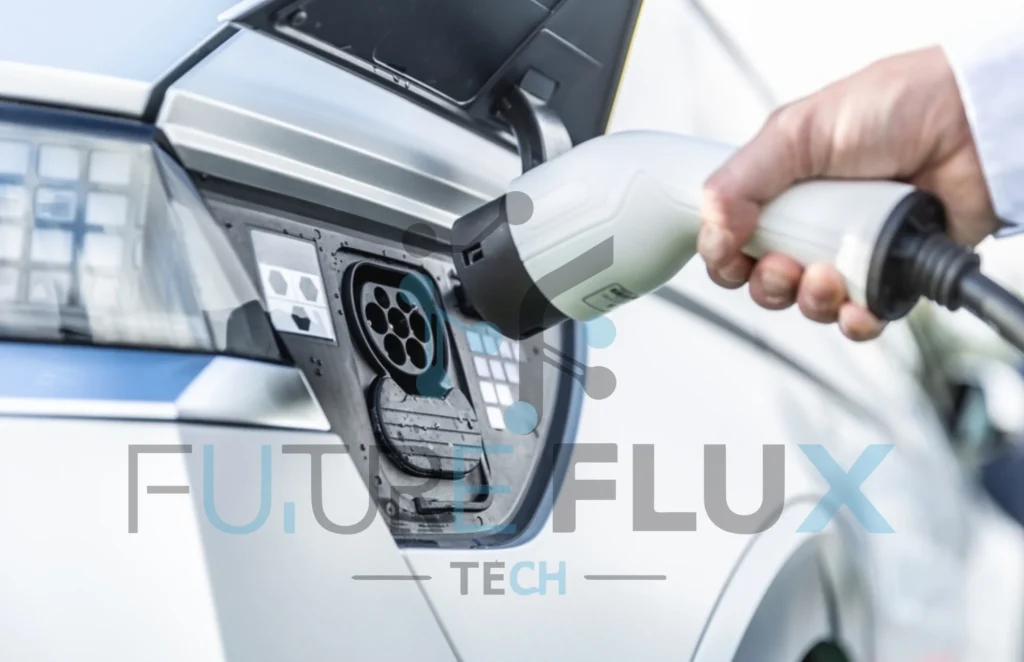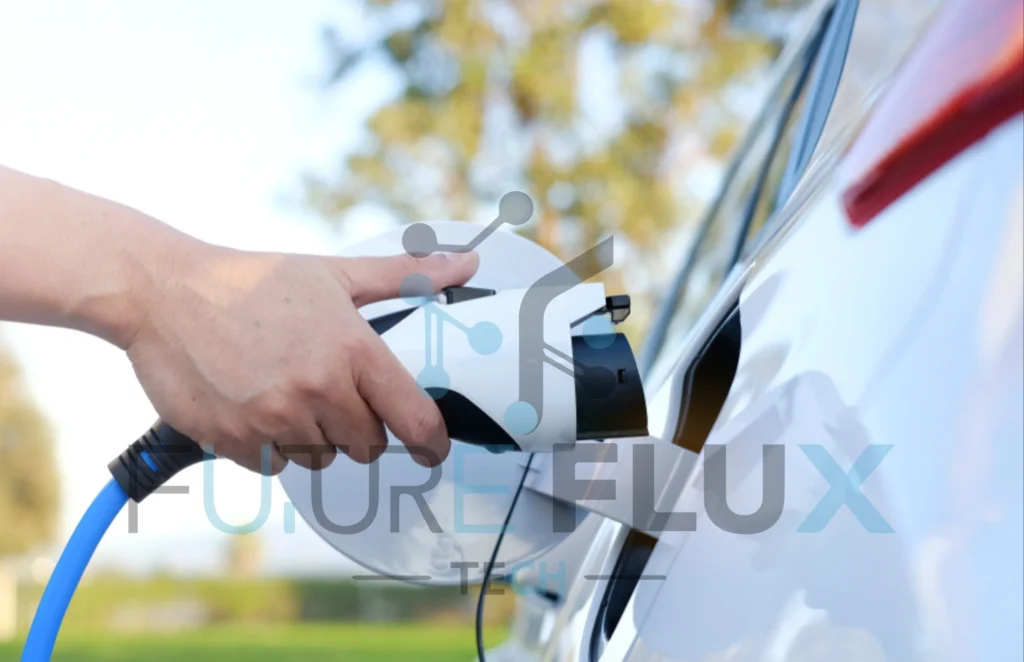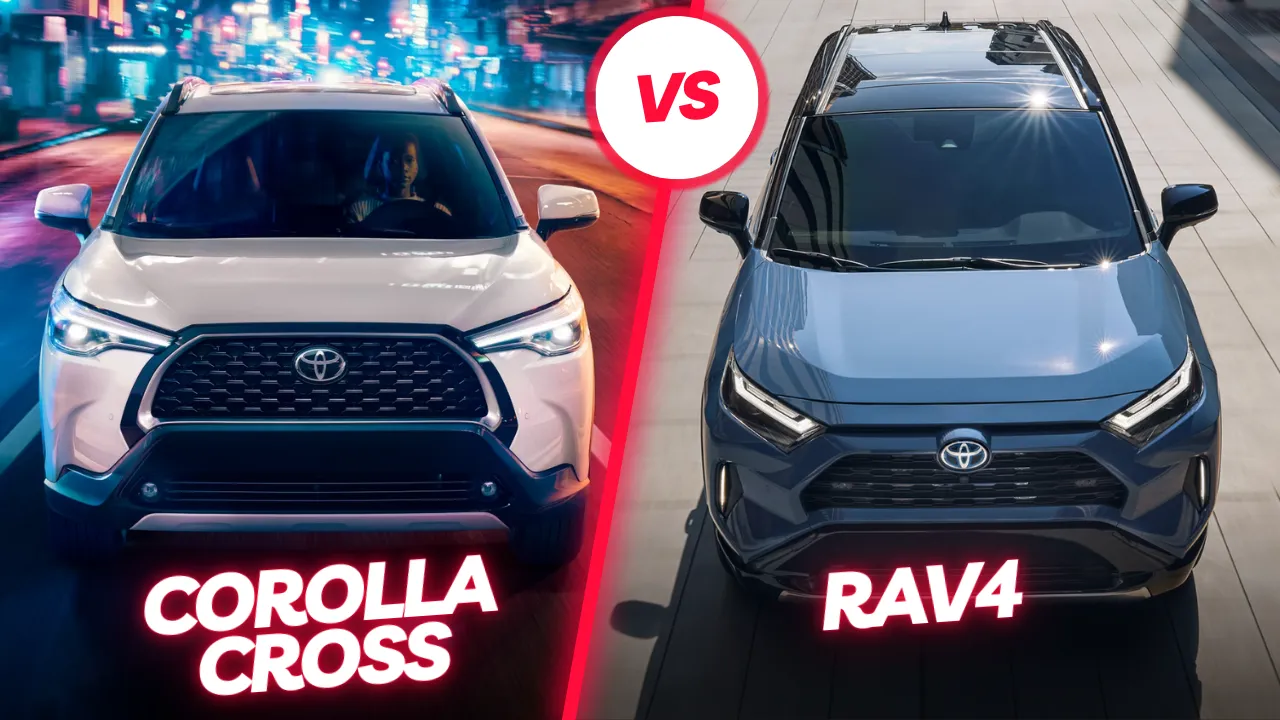As there is continuous growth in the popularity of electric vehicles, drivers want to have trustworthy access to public charging stations. Many people still need to decide about switching to electric vehicles. The common reason behind this doubt is usually the lack of charging stations. This problem highlights the significance of EV charging hardware and software interoperability.
This interoperability allows EV drivers to use nearby charging stations, regardless of their network provider. In this article, we will discuss EV charging hardware and software interoperability in detail.
Table of Contents
ToggleWhat is EV Charging Hardware and Software Interoperability?
Electric vehicle charging Hardware and Software interoperability happens when some specific elements operate seamlessly and cohesively together. These elements include charging networks and their mobile apps, power grid, charging stations, payment options, charging levels, connectors, and electric vehicles. With interoperability, the drivers still need help finding a compatible charging alternative. This stress in people increases the chances of people keeping an internal combustion engine car instead of buying a new electric vehicle. If this problem is solved through interoperability, it can greatly enhance the chances of an electric vehicle purchase.
The Protocols for EV Charging

There are certain EV charging protocols which we will talk about further. Having a single set of technical rules, processes, and specifications that tell the way every element of electric vehicle charging infrastructure is crucial for interoperability. This set needs to be across different charging stations and networks. Let us tell you what the protocols for electric vehicle charging exactly do. It gives electric vehicle charging standards and assures drivers they can get information about the closest charging station. In this way, they do not need to worry about whether they can charge their vehicles there.
In the same way, these protocols carry out electric vehicle charging hardware. When the electric vehicle charging infrastructure providers (regardless of the manufacturer) follow these protocols, they can connect with multiple systems. Also, it facilitates efficient data communication, monitors tasks, and streamlines transactions. Moreover, it also enables smart charging, adjusting the charge to grid capacity and electricity rates. Plus, it also provides plug-and-charge capability.
Open Charge Point Protocol (OOCP) and Its Function
The Open Charge Point Protocol (OCPP) is an open-source communication standard for electric vehicle charging stations and network software firms. If we put this in simple words, any electric vehicle charging station which is OCCP-compliant can be set to operate any OCCP-compliant software.
A group of electric vehicle infrastructure industry professionals interested in interoperability introduced OCCP. They introduced OOCP in 2015. The purpose of this protocol was to give uniform communication between the central charging system and the charge points regardless of the vendor. In 2018, this group made some alterations to the protocol. They added the following features:
Stronger security
Additional smart charging capabilities
Support for ISO 15118
Display and messaging support
Device management features that can monitor charging stations and set configurations.
How Does the Open Smart Charging Protocol Work?

Another blessing to the electric vehicle community is from the Open Charge Alliance. To charge the slot operator, the Open Smart Charging Protocol (OSCP) communicates grid capacity from the electric utility’s (DSO) owner. It estimates 24 hours of the grid’s potential available capacity. It allows the electric vehicle charging station owner to tailor the charging for its consumers. However, it is done within the limitations of the available capacity. The current version includes (V2G) charging, heat pumps, and stationary batteries.
What is ISO 15118?
ISO 15118 is an international interoperability standard. This standard matches the capacity of the electric grid with the demand for the connected electric vehicles to it. Additionally, during peak time, it allows V2G applications to provide electricity back into the grid. This allows electric vehicle owners to get some extra cash and help their neighbours maintain electric power in their businesses and homes.
How Goes the Movement Toward Interoperability
Along with the addition of protocols that facilitate interoperability in electric vehicle charging software, there are some breakthroughs on the hardware side. Several kinds of electric vehicle charging connectors are available. These types of connectors include the following:
1- Level 1 connectors
These types of charging connectors come with the purchase of an electric vehicle. This type of charger is for home usage; the driver uses a cord to connect to a normal wall outlet and a three-prong plug. However, these charges take almost a day to give EV drivers with a 140-mile range.
2- J1772 Connectors
These connectors are compatible with level 1 and 2 charging. Plus, these connectors can charge three to seven times as fast as level 1 chargers. EV drivers can usually find these chargers in public or high-EV usage areas or induct them into garages for a high-dollar upgrade.
3- SAE Combined Charging System and CHAdeMO Connectors
Unlike J1772 Connectors, these connectors are compatible with only 3-level charging. Also, it can usually charge an electric vehicle up to 80 per cent capacity in around half an hour or even less.
4- NACS Connectors
These Tesla-manufactured connectors are evolving to be the future of charging. The prime reason for this is that most US car makers have proclaimed that they will adopt the NACS chargers across their new electric vehicle product lines. This NACS connector accommodates level 1 and 2 charging. Moreover, it can connect to the J1772 connector with an adaptor. However, all but the latest electric vehicle models will still need an adapter to use a NACS connector. This development shows a significant leap forward in EV charging hardware interoperability.
Obstacles Persist in the Push Toward Interoperability for EV Charging

Undoubtedly, there is an increased movement toward interoperability, but some challenges remain. This is because technology is relatively new. For this reason, the electric vehicle charging market remains fragmented, with an oversupply of charging station manufacturers, software systems, and network providers. This challenge can only get easier when they agree on a single set of standards. Until then, interoperability across different systems will remain a challenge.
Despite the scarcity of standardization, the campaign continues to find a solution to all the standards ISO and protocols. The solution is the Open Charge Alliance. It is even more problematic for startups and small businesses because the expense of interoperability software systems can only reach their standards if they get external funding.
Why Does EV charging Software and Hardware Interoperability Matter?
Now, let us explain why EV charging hardware and software interoperability matters. Let’s take the example of carrying multiple credit and debit cards in your wallet without knowing which will work; this is indeed problematic and stressful. Similarly, in the case of electric vehicle charging, drivers face the same problem of keeping multiple mobile applications and cards. Charge their electric cars at charging stations. Different providers operate these charging stations. With a continuous surge in the demand for electric vehicles, there is an increased need for trustworthy access to charging stations.
Electric vehicle drivers also need the same comfort and convenience as they receive with combustion engine vehicles. EV charging software interoperability helps mobility service providers and electric vehicle charging operators manage all elements of charging infrastructure. It does this to engage charger time and give an exceptional charging experience. Also, electric vehicle charging software helps give financial services to users. Even though multiple technologies have been introduced for electric vehicle charging, public charging of electric vehicles is not easily accessible and convenient. Even if the government funding EV charging stations continues, the problem cannot be solved. The vehicle owners need help getting a charger and accessing it. This is one of the main reasons why many people doubt switching to electric vehicles.
So, what do you think is the solution to this problem? Yes, the solution is electric vehicle charging interoperability. As the growth of electric vehicles speeds up, the interoperability of electric vehicle charging will make it convenient for customers to charge and facilitate market transformation. In particular, software interoperability makes it easy to roam the electric vehicle. With the help of interoperability, electric vehicle rodents can easily access charging stations through a single application, regardless of the vendor. It will simplify their experience and problems related to charging access and range. Besides, there is only one way to make interoperability feasible: the agreement between the market performers. These performers include mobile service providers (MSP), charge point operators, and other roaming platforms.
Conclusion
In this article, we have discussed the important aspects related to EV charging hardware and software interoperability. Also, we have talked about the benefits of EV charging interoperability. The EV charging interoperability can result in less range anxiety and more access to public charging for electric vehicle owners. This can empower more and more people to switch to electric vehicles. Though there are still EV charging infrastructure challenges along with other challenges, they can be solved through a mutual agreement between the vendors. If we put it simply, electric vehicle charging interoperability could increase electric vehicle adoption.
Learn what wireless charging is, the BMW i5 M60 features, and many other related stuff by visiting our blog website.
I’m Waqas, an electric vehicle enthusiast and tech writer with over 6 years of experience covering the EV industry. I write in-depth articles, comparisons, and reviews to help readers understand the fast-evolving world of electric mobility. From battery technology to EV launches and charging trends, I aim to make complex EV topics simple, engaging, and informative for everyday drivers and curious readers alike.





